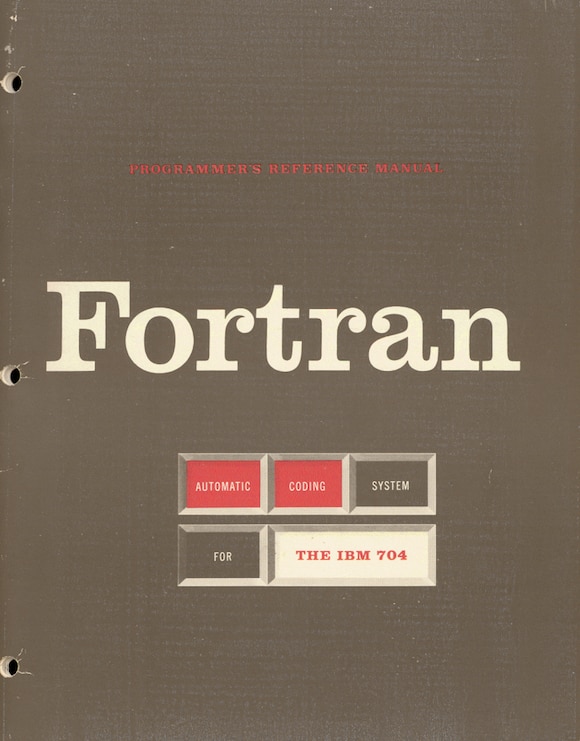
Chances are most of you reading this have never written a single line of code in Fortran. Chances are also that most of you use systems, perhaps on a daily basis, that somehow were developed with or run on Fortran.
Yesterday, October 15, it was 56 years since the very first manual for Fortran saw the light of day, and we have it available for you to download right here.
Developed by IBM
Fortran was developed in the 1950s by IBM. Even though, it may not be as popular as it once was, Fortran was still ranked in position 26 on the TIOBE Programming Community Index for October 2012.
In fact, fairly recently, Fortran was called “the ideal HPC programming language”, where HPC stands for high-performance computing. Perhaps that’s not too surprising since the software used to benchmark the world’s supercomputers and rank them in the Top 500 list is written in Fortran.
The first Fortran manual
Fortran was initially developed as an alternative to assembly language for IBM’s 704 mainframe computer, pictured below. Although a draft specification of Fortran was completed in 1954, the first manual was published in 1956, and the first compiler was available in 1957.

The Programmer’s Reference Manual for Fortran, dated October 15, 1956 (click on the cover below to get the PDF) was written by the Applied Science Division and Programming Research Department at IBM. It starts off by describing Fortran, or “The IBM Mathematical Formula Translating System” as “an automatic coding system for the IBM 704 EDPM”.
If you feel like trying Fortran, because, you know, you were Born to Hack, there are a number of options, including GNU Fortran. And while you are at it, why not take a look at the manual of operation for the IBM 704?




























